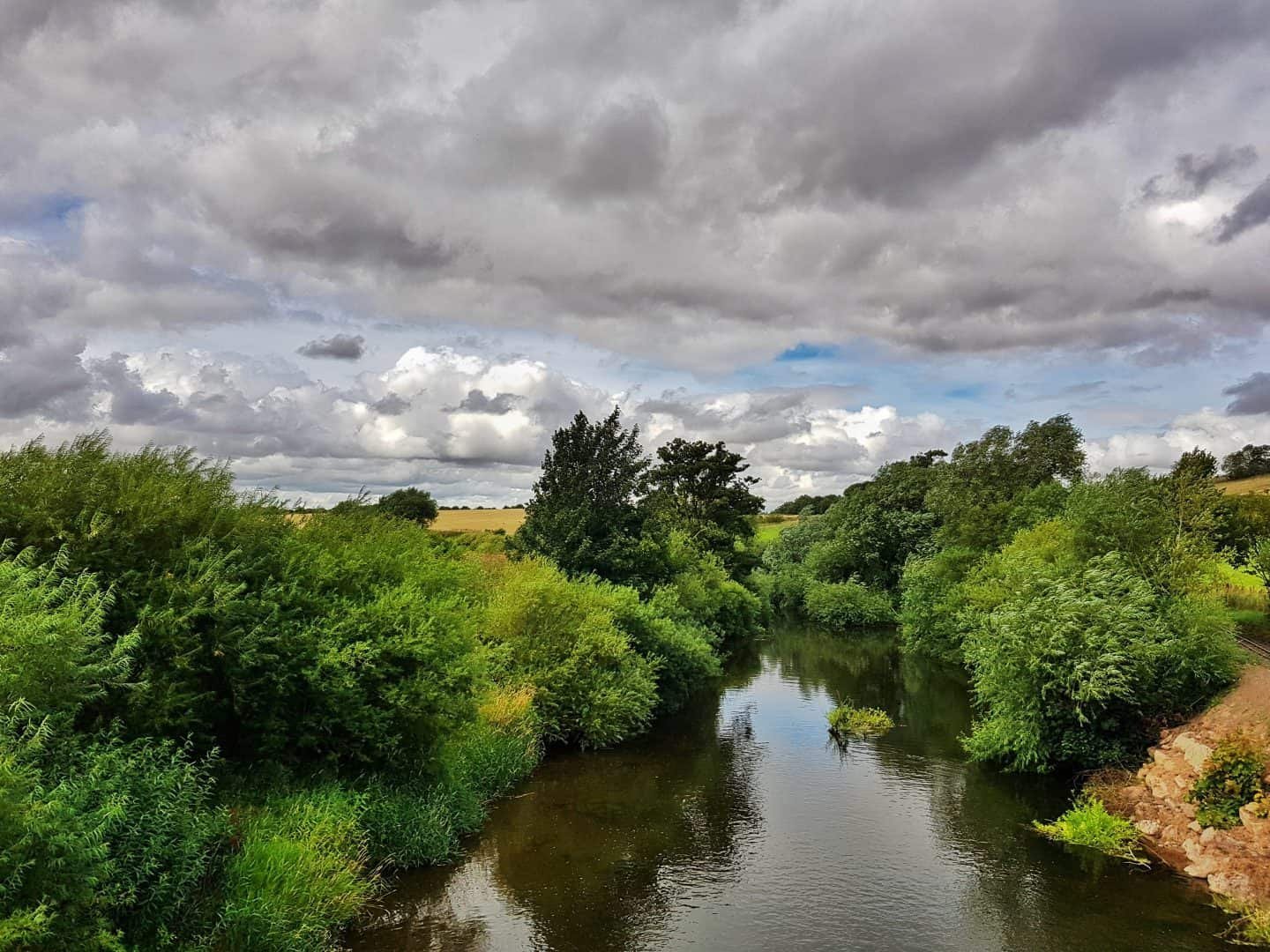Legionella mitigation tips you should take seriously
Advertorial Guest Post
Legionella is an issue that most business owners will have come across at some point in their lives. While most of us are aware of the dangers, it’s often less clear how we’re actually meant to mitigate the risk posed by the bacteria in practical terms.
There are some fundamentals that need to be taken care of in all situations, regardless of the business type or size. From testing to responsibility, here are a few tips to help you take water hygiene seriously.
Monitoring is a must
As Legionella bacteria can’t actually be seen, you need to commit to regular monitoring. This will be more important in larger buildings with several water storage tanks or in premises with complex, ageing plumbing systems, but it’s important in other cases as well.
This kind of monitoring will generally need to be conducted by a water hygiene specialist, with access to the relevant testing equipment and knowledge. They’ll be able to assess your water quality more generally, helping you to maintain an acceptably high standard.

An LRA serves as a foundation
In most situations, your Legionella mitigation efforts depend on a Legionella Risk Assessment for their foundations.
These specific risk assessments will help you to understand the various threats and weaknesses of your specific water system, allowing you to develop a mitigation strategy that caters to your specific environment.
The more comprehensive that initial risk assessment, the more likely it is that you’ll be able to develop an effective and efficient strategy going forward.
Temperature and water flow are key
When it comes to the actual mitigation of Legionella, it’s really not that complicated. The main thing you need to avoid is the occurrence of stagnant water between 20 and 45 degrees centigrade. Effectively, that means that two of the main things to monitor are temperature and water flow.
If you’re going to be storing water for long periods of time, whether intentionally in a water tank or unintentionally in pipes, it needs to either be colder or hotter than the temperatures listed above – it’s not that complex, but it can require a lot of diligence to get it just right.
Assign clear responsibilities
When it comes down to who is actually responsible for testing, updating documents, and booking new risk assessments, it has to be clear who is expected to take care of these things. This should be outlined in your WSP (or water safety plan) with various formal roles and responsibilities distributed across the organisation.
Having responsibilities clearly recorded like this makes it far more likely that important duties are carried out, contributing to both the practical aspects of safety and regulatory compliance.
Legionella mitigation isn’t rocket science, but it does require a careful, strategic approach. Developing this will require the assistance of a water hygiene specialist, to help you understand the actual risks you’re facing, and to then develop a relevant and effective strategy. With ongoing work and tweaks to that strategy, you should be able to maintain safe and hygienic premises well into the future.


![Elements Tested During an MOT: The Ultimate Guide [AD]](https://plutoniumsox.com/wp-content/uploads/2022/07/car-mot.jpeg)


![Stopping Wet Weather from Damaging Your Home [AD]](https://plutoniumsox.com/wp-content/uploads/2023/05/lightning-gba8692503_1280-1.jpg)

